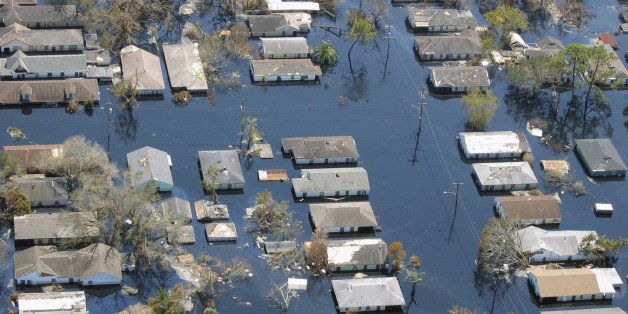
Few hurricane names conjure imagines of such severe devastation like the name Katrina. Ten years ago Hurricane Katrina, followed shortly by Hurricane Rita, devastated communities along the Gulf of Mexico, mostly famously New Orleans. The Louisiana Department of Health and Hospitals estimated that more than 1,000 people in the state died as a result. The disaster spotlighted gaps in our nation's preparedness, including in our ability to mitigate the health effects of such a major disaster.
In the wake of these storms, Congress created the Office of the Assistant Secretary for Preparedness and Response (ASPR) within the U.S. Department of Health and Human Services (HHS) to help prevent, prepare for and respond to the adverse health effects of public health emergencies and disasters. A decade later, we are keenly aware of the increasing frequency and severity of hurricanes and other extreme weather events associated with climate change. Together with partners within and outside the federal government, we are making tremendous progress in planning for a myriad of physical, social and behavioral health needs these disasters create.
While we're ready to respond and help communities recover, protecting health and saving lives goes beyond what government agencies can do alone; the whole community has to be ready and must work together.
ASPR and other government agencies have adopted standard systems to coordinate and communicate with well-established roles and responsibilities. We have new policies, procedures and frameworks in place based on evidence and data rather than anecdotes. We have systems in place to develop and distribute vaccines and medications in public health emergencies. With our funding and guidance, communities have established hundreds of coalitions that bring together more than 14,000 public health and healthcare partners to prepare for and respond to emergencies.
To make sure your community can bounce back fast, you need to take action, too.
One of the easiest things you can do is determine in advance how you'll communicate and reconnect with your family and friends after disasters strike, especially if they have health conditions. If you need help, who can you count on? Who's counting on you? Is there someone outside the area everyone can call or text to check in? Do you have a meeting place established if you can't get through by phone? The National Library of Medicine and others offer free mobile apps you can use to find each other, too. Talk through what to do with your family and friends.
As you think through how to reconnect and reunite after a disaster, consider the steps you need to take to protect your health. Do you have an electronic health record or copies of your prescriptions? Do you or someone you love use electrically-powered medical equipment like an oxygen concentrator, ventilator or wheelchair? (If so, plan to charge the back-up battery before a storm strikes, and plan where to go if the power is out for a long period of time.) If you use dialysis, where will you go if your facility is closed and how will you get there? A simple plan can keep you or the person you love out of the hospital. It can even save a life.
Be sure your plan works. Test it with an emergency drill. National Preparedness Month and the National Day of Action on September 30 are great times for an emergency drill with your family, friends, and neighbors, at your place of worship or business. You can join the 18.7 million people who are already participating in drills this year by registering your activity as part of America's PrepareAthon!
Katrina, and so many disasters since then, taught us that every disaster can impact health. Ready.gov can give you great ideas on how to protect your health in disasters, and you can find additional tips on HHS' public health emergency website.
Don't wait. Communicate. Make your emergency plan today.